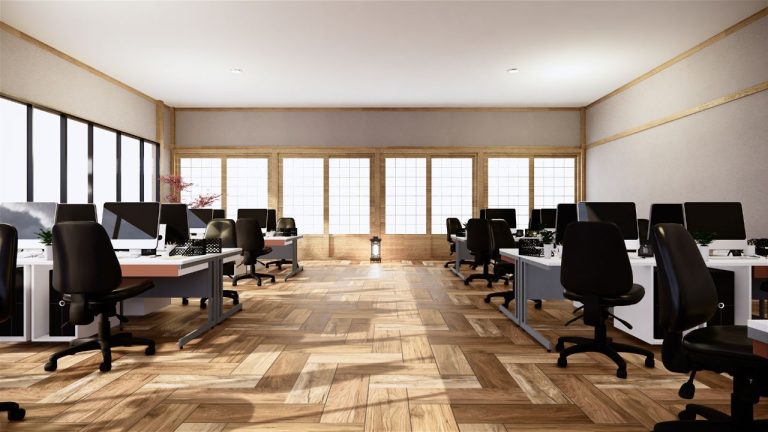The Benefits of a High Quality Commercial Property Management Team
A high-quality property management team is a good thing to have in any commercial real estate brokerage. In referring to a team of ‘high-quality’, I mean people with the appropriate management skills and knowledge for the location, the clients, and the property types. Good property managers are hard to find and the best ones are hard to retain. Your competitors will be seeking to attract your best and more senior property managers. (NB – you can get more commercial property management team tips here in Snapshot – its free)
Asset and property management skills
The property management process is quite special, and there are significant differences between managing a retail property versus an industrial property. The same comparison can be made between office property and industrial property. The team of property managers will have different skills and roles to apply to a property and portfolio. They can encourage portfolio growth and retain high value clients into the future; that then helps brokerage fee base and commission activities in a regular and ongoing way.
The property management division can establish a diverse fee base across different buildings and property management services. The process can and should be optimized in several different ways.
Fee channels
Here then are some fee ‘channels’ for you to consider that could be incorporated into a portfolio of managed buildings in your brokerage. You can charge extra ‘fees’ for these things:
- Leasing vacancies as they arise – vacancies will come and go from the asset over time. Tenants will be moving around and some tenants will potentially leave the property. Understanding the tenant profiles and tenant requirements will help you with leasing vacancies as they arise. Stay close to all tenants in occupancy has part of that overall strategy.
- Creating a tenant retention plan for the property – in any property with multiple tenants, there should be a tenant retention plan to optimize ongoing occupancy. Split your tenants into primary and secondary groups. The tenants in the primary group should be encouraged to stay within the property over the long term, and lease negotiations should reflect that tenant retention strategy.
- Turning around any distressed property or poorly performing asset – there are some real skills required as part of ‘turning around’ a property that is struggling in performance. Investor clients need help in solving asset performance challenges.
- Improving the cash flow and the rental return of an asset over a financial year – plan the rental income trends for a property over a 12-month period. Look at the many ways that the income stream in an asset can be improved.
- Changing the tenancy mix to improve occupancy and tenant placement – some tenants should be retained in a property for the long term, simply because they match the local customer demographic, and they strengthen the tenant mix and or income stream. Other tenants should be removed from the tenant mix at the appropriate time. That is where a planned approach to occupancy really works. The tenant plan should be part of the business plan for the property.
- Managing the property through a significant redevelopment or renovation plan – the life-cycle for a property will change and thereby create the need for redevelopment and renovation of common and tenant areas. An investment property simply must attract interest and retain tenants so a renovation will do that. Older properties with substandard services and amenities should be improved and ‘freshened up’ through upgrades.
- Negotiating leases with major anchor tenants to boost both property retail sales and tenant retention – the lease of an anchor tenant is different in rental structure and amount per unit of area. In simple terms, you do need good anchor tenants in some investment properties to give the asset stability and ‘profile’. It directly follows that the leases for these large and special tenants require unique and early negotiations.
So, there are plenty of things to think about here. Consider these ideas below when it comes to the managed properties you have currently and the clients that you work for now:
- Understand the needs of the portfolio from a brokerage and a client perspective.
- Understand the requirements and timeline of your clients with their investment targets.
- Split the property management process up into specialized tasks and business
- Encourage a business environment in your brokerage of skill sharing and knowledge development.
- Let your people improve the portfolio over time.
Commercial and retail property management teams can be encouraged in so many ways. Portfolio growth awaits.





